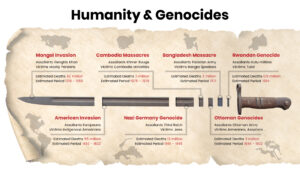Geneva, Switzerland – The number of new cancer cases will rise to more than 35 million in 2050 — 77 percent higher than the figure in 2022, the World Health Organization’s cancer agency warned Thursday.
The WHO’s International Agency for Research on Cancer (IARC) cited tobacco, alcohol, obesity and air pollution as key factors in the estimated rise.
“Over 35 million new cancer cases are predicted in 2050”, a statement said, a 77-percent increase from the some 20 million cases diagnosed in 2022.
“The rapidly-growing global cancer burden reflects both population ageing and growth, as well as changes to people’s exposure to risk factors, several of which are associated with socioeconomic development.
“Tobacco, alcohol and obesity are key factors behind the increasing incidence of cancer, with air pollution still a key driver of environmental risk factors.”
The most-developed countries are expected to record the greatest increases in case numbers, with an additional 4.8 million new cases predicted in 2050 compared with 2022 estimates, the WHO said.
But in terms of percentages, countries on the low end of the Human Development Index (HDI) used by the UN will see the greatest proportional increase — up 142 percent.
And countries in the medium range are due to record a 99-percent increase, it said.
“Likewise, cancer mortality in these countries is projected to almost double in 2050,” the WHO said.
Freddie Bray, head of the cancer surveillance branch at IARC, said: “The impact of this increase will not be felt evenly across countries of different HDI levels.
“Those who have the fewest resources to manage their cancer burdens will bear the brunt of the global cancer burden.”








